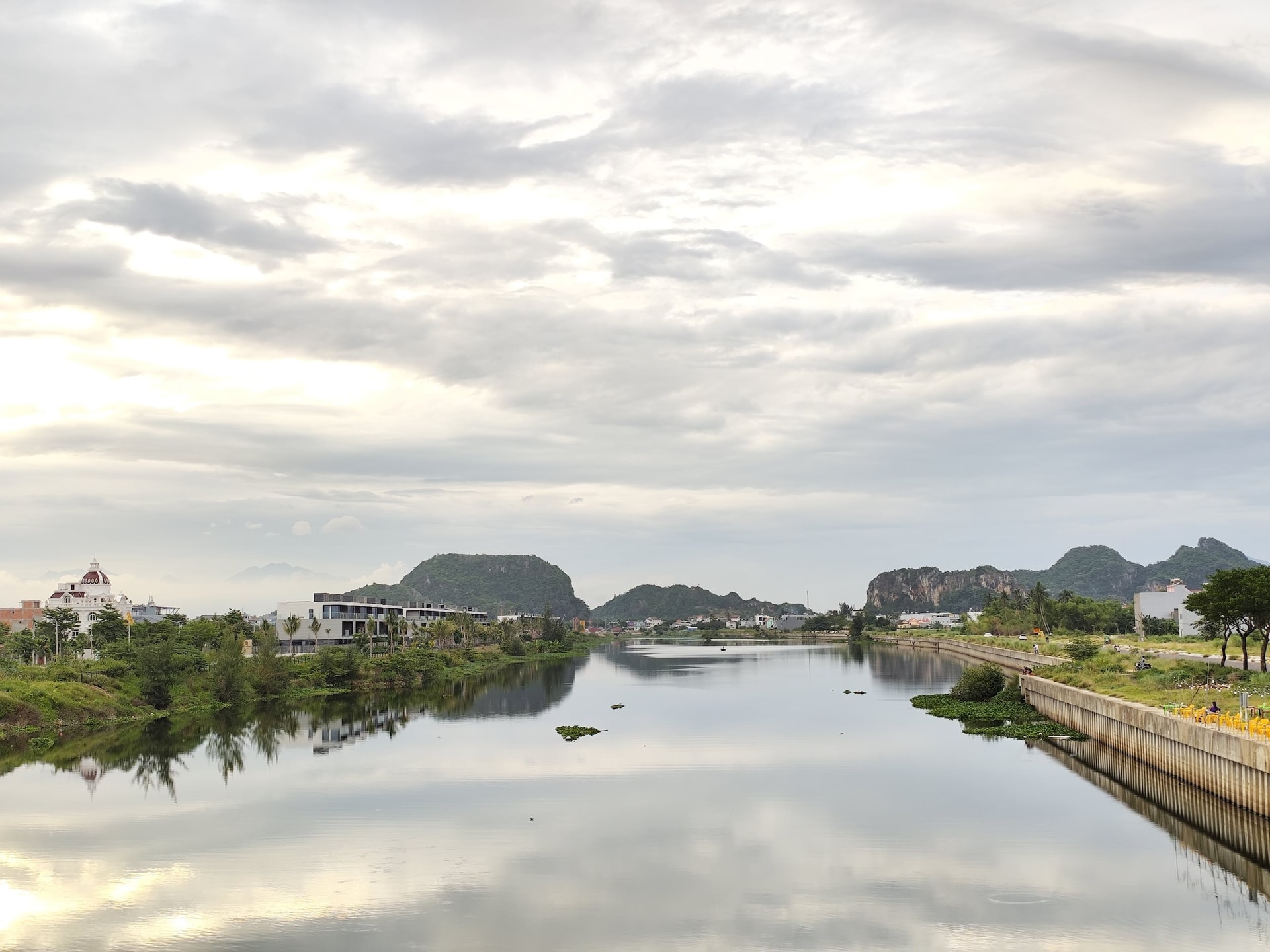
Rebuilding the riverside village
Having been involved in the conservation and promotion of the value of the Ngu Hanh Son National Special Monument for many years, Mr. Nguyen Van Hien, Deputy Director of the Ngu Hanh Son Ward Public Service Center, shared that the Co Co River is not only a waterway, but also a "flow of memories" connecting cultural and commercial spaces from Da Nang to Hoi An.
Restoring the Co Co River is not only meaningful for transportation or tourism , but also awakening the cultural values that once existed, associated with the trading port, craft villages, pagodas, and memories of ancient trade.
The development of a waterway tourism route connecting wharfs X5 (K20) and X6 (Quan Am Pagoda) helps bring visitors to national relics, creating a deeply indigenous spiritual and cultural experience.
In Decision No. 822/QD-TTg of the Government approving the planning for the preservation, restoration and rehabilitation of the special national scenic spot Ngu Hanh Son, the area along the river is retained to serve the development of tourism associated with culture. This is a sustainable development model: taking culture as the core, the community as the subject and tourism as the driving force.
The space on both sides of Co Co River, Vinh Dien River, and Cam Le River still retains elements of traditional craft villages and long-standing residential areas.
Mr. Nguyen Van Hien believes that this is a favorable condition for restoring cultural villages along the river. “We can completely restore ancient village spaces, historical stops, where tourists can both experience and understand more about the past of this land,” Mr. Hien said.
Need a synchronized solution
To realize the development of river tourism associated with riverside cultural space, the decisive factor is the companionship from businesses.
According to Mr. Dang Hoa, Vice President of the Waterway Tourism Association and Owner of the Han Giang Tourist Boat, businesses are still hesitant because the investment costs are too high and the exploitation mechanism is still rigid.
Accordingly, the problem is to expand the operating space, instead of limiting ships to a fixed route, it is necessary to allow flexible movement between inland and coastal routes. This not only optimizes investment efficiency but also increases the richness of tourism products.
Not stopping at the exploitation mechanism, Mr. Hoa also proposed that the city needs to take more drastic measures in determining stopping points on existing rivers.
For example, the La Huong area is very suitable for developing the model of “a day as a farmer”, combining river tours and traditional agricultural experiences. Such models are easy to do, inexpensive, and connect with local people.
However, to develop this type of tourism, relevant departments and branches must coordinate to survey and determine suitable locations to build small boat docks and rest stops, thereby connecting with typical cultural and ecological products.
“To attract tourists, there must be three factors: attractive destinations, suitable means of transport, and consistent support policies. When the government boldly opens the way, businesses will not hesitate to invest,” Mr. Dang Hoa emphasized.
According to Chairman of the Da Nang Tourism Association Cao Tri Dung, the city has made many efforts to develop river tourism, notably the project to develop inland waterway tourism. Some tours such as watching the Dragon Bridge breathe fire, 45-minute tours along the Han River have been put into stable operation.
In the context of expanding administrative boundaries and restructuring tourism products, developing riverside cultural spaces will be a new spearhead.
In fact, many routes still face difficulties, such as the Cam Le River route which has not been dredged synchronously, large ships cannot operate; the route from the Han River to the Ngu wharf behind Quan Am Pagoda is blocked by reefs, the dredging project has not been completed yet.
Routes to Da Nang Bay are also limited due to safety regulations, causing difficulties for operators.
To solve the problem, Mr. Dung suggested that the city needs to invest in synchronous infrastructure of parking lots, rest stops, public toilets, tram transfer stations, and museums at destinations.
More importantly, the city needs to integrate river planning into the overall urban planning, clearly defining destinations, craft villages, and service areas to attract business investment.
“Everything must be contributed by the community, built by businesses, and the government as a bridge,” said Mr. Dung.
In 2024, Da Nang welcomed more than 939,000 river tourists, an increase of 13.4% over the same period in 2023. The city aims that by 2045, waterway tourists will account for 25% of total guests, contributing to making river tourism a strategic product in sustainable economic and cultural development.
Source: https://baodanang.vn/phat-trien-khong-gian-van-hoa-ven-song-phuc-vu-du-lich-3298367.html


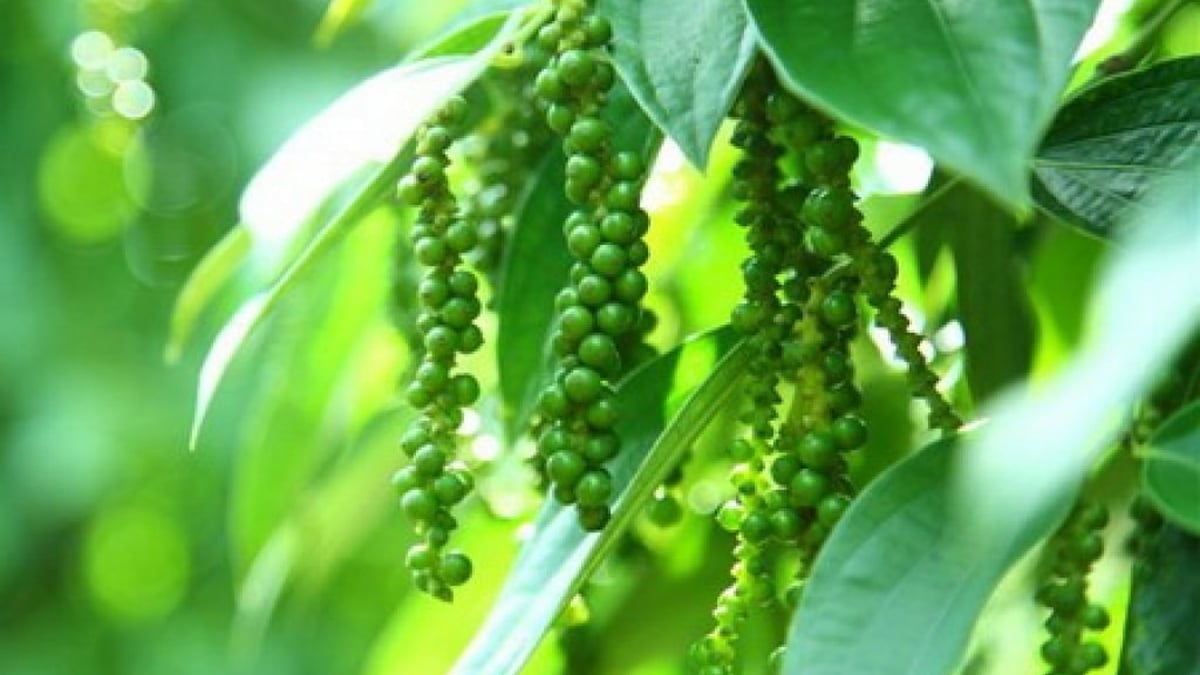
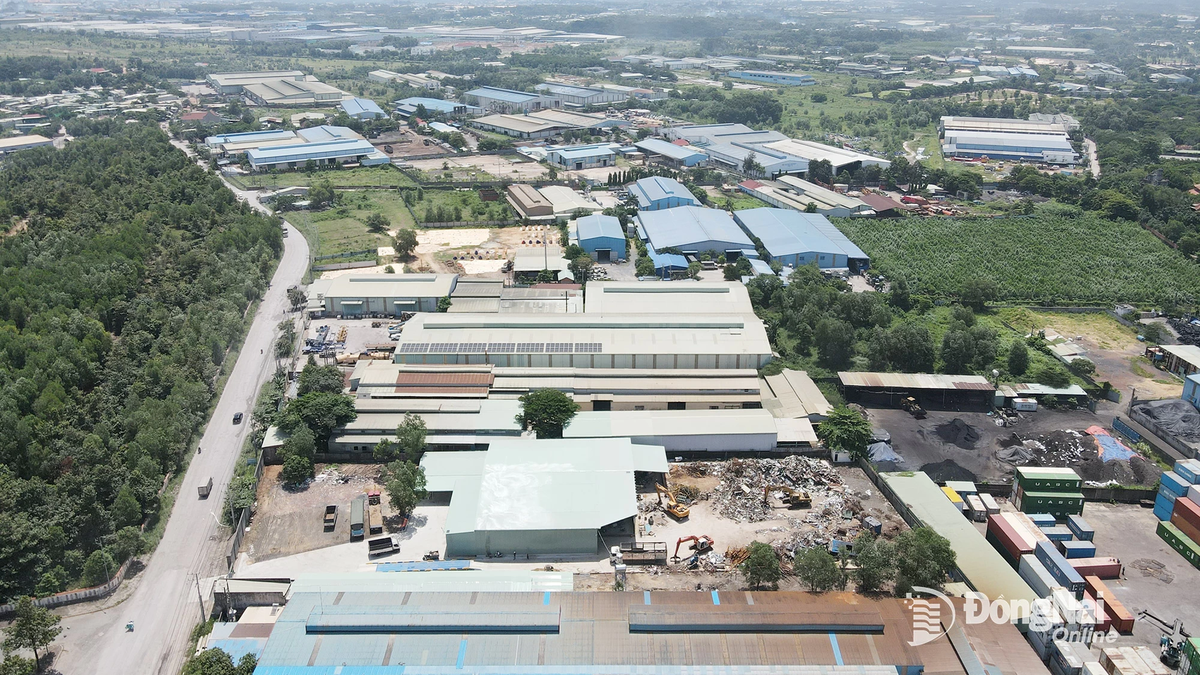
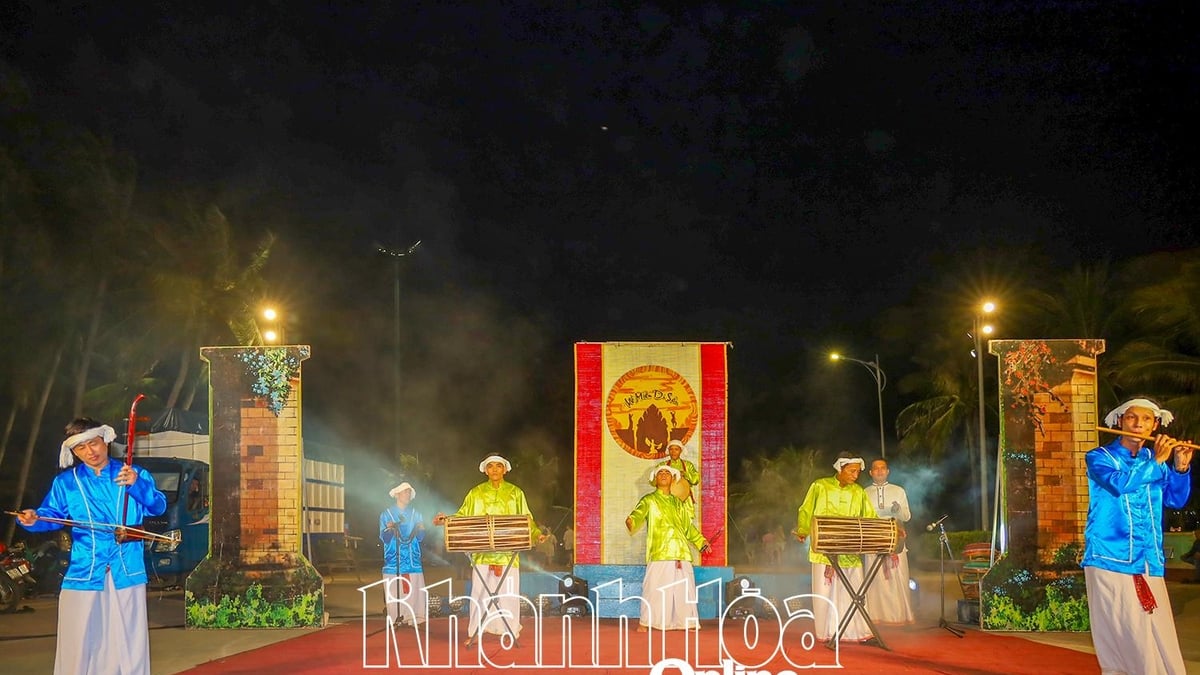
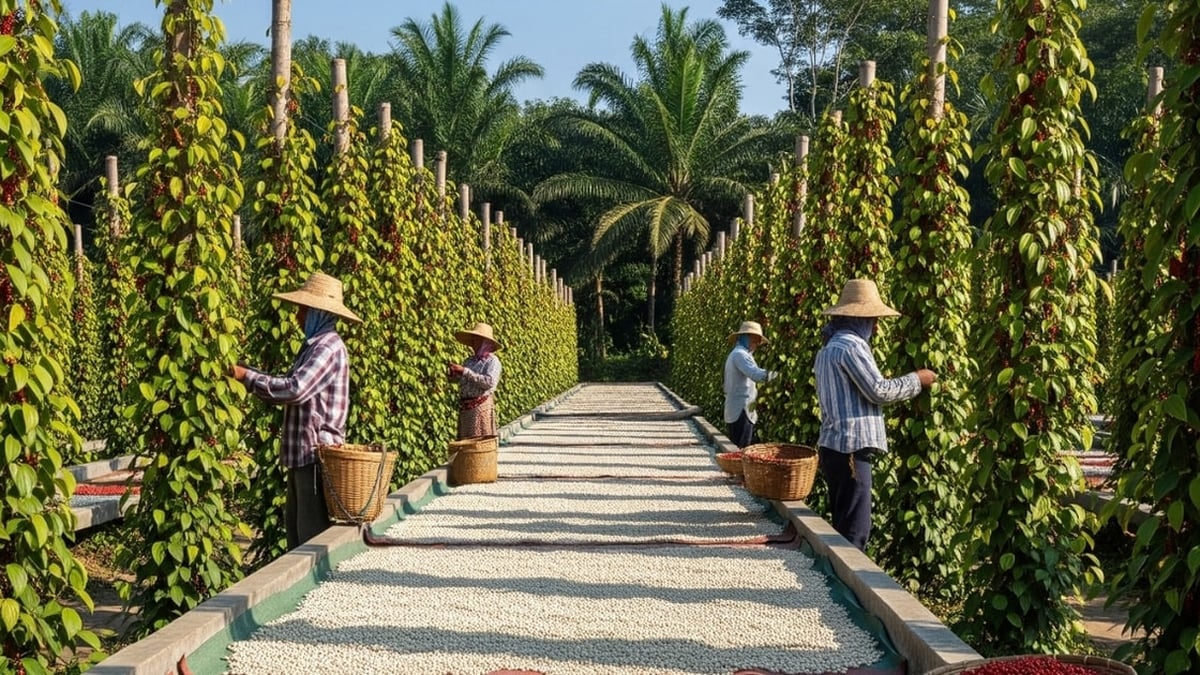
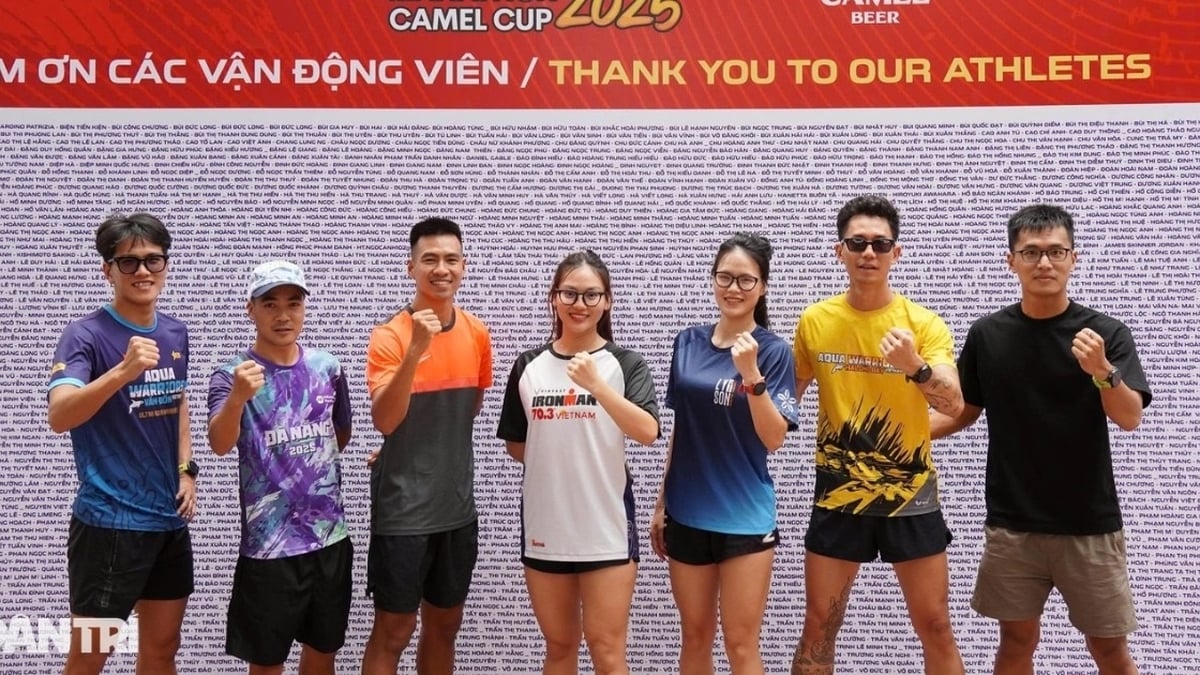

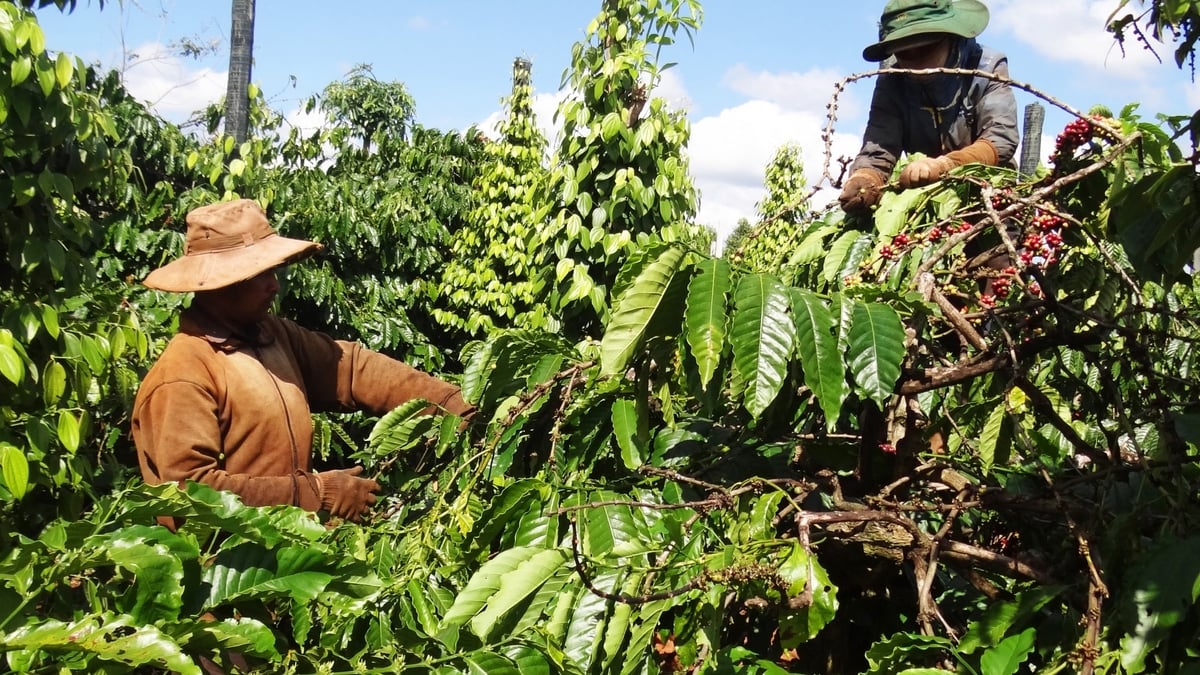
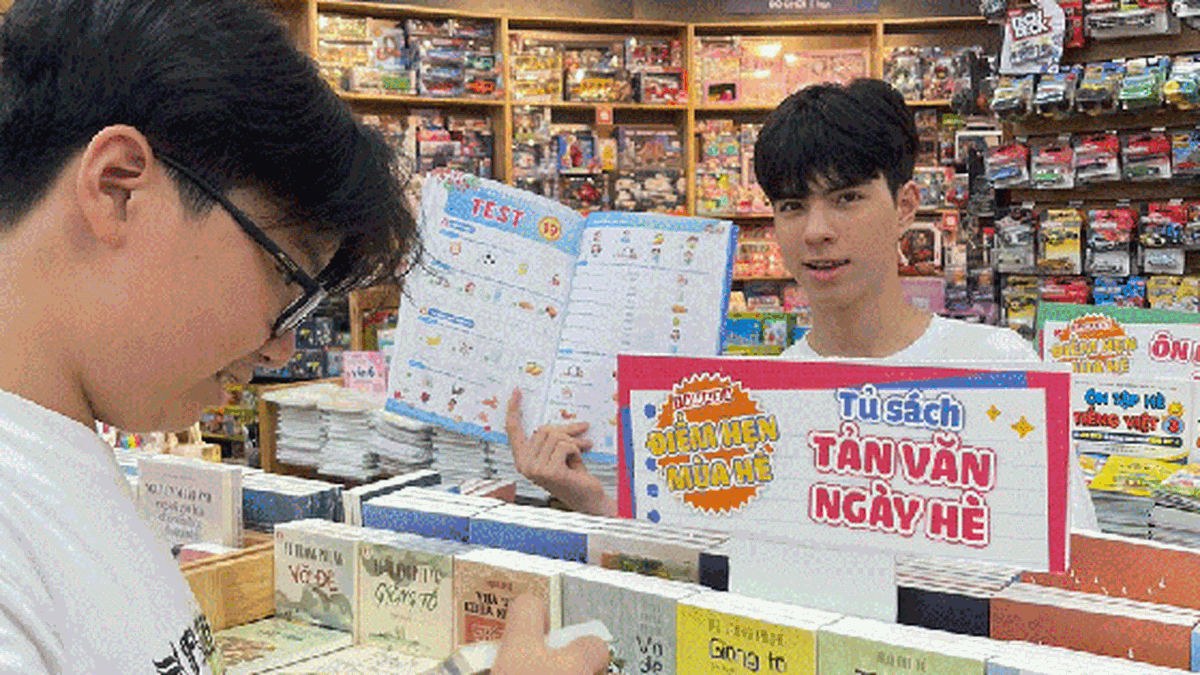
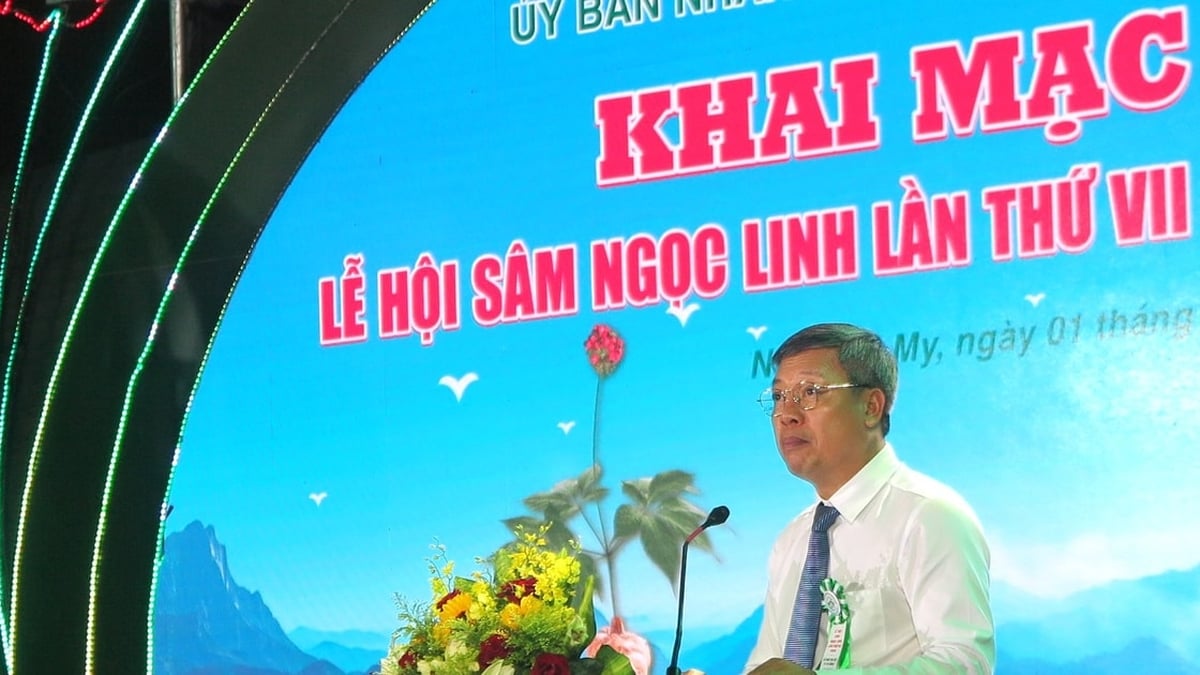
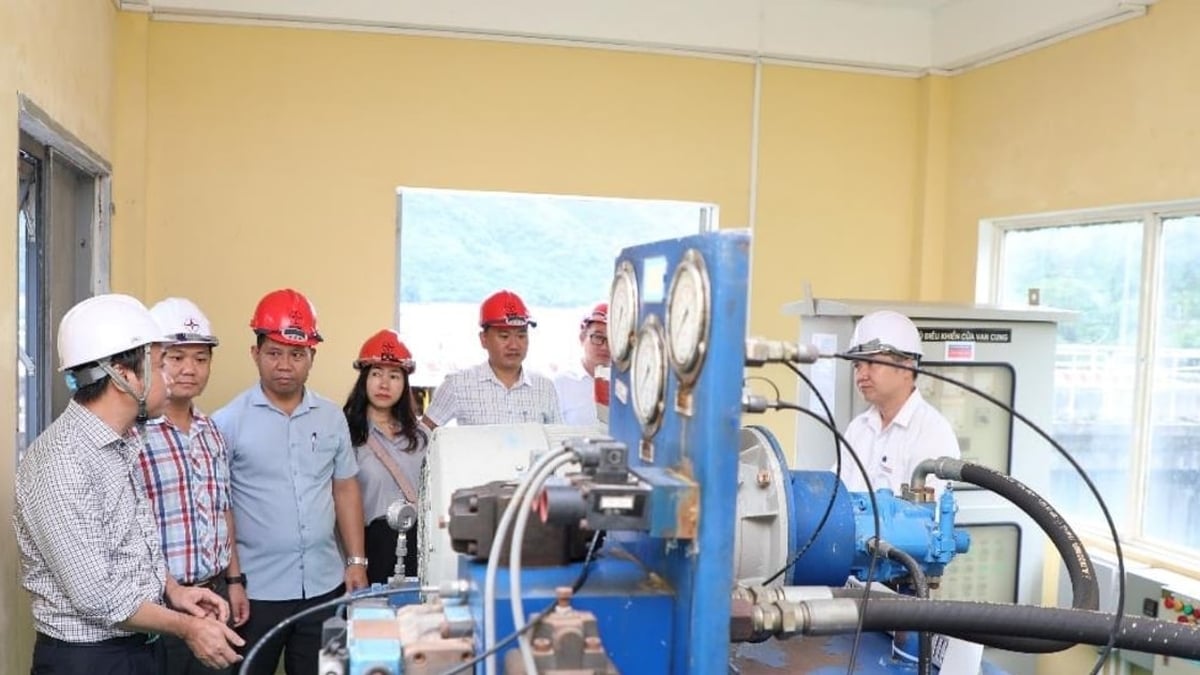





















































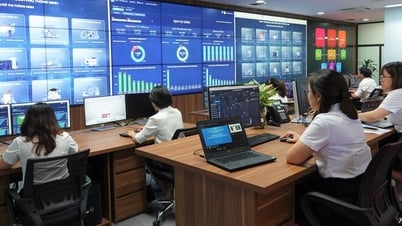
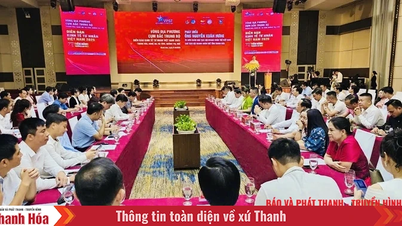

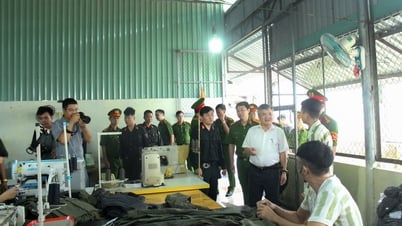


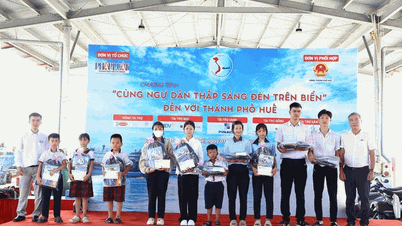






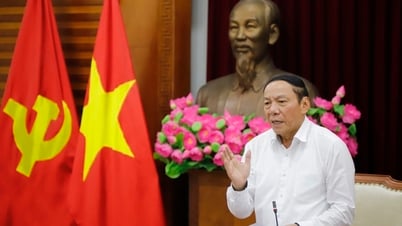
























Comment (0)